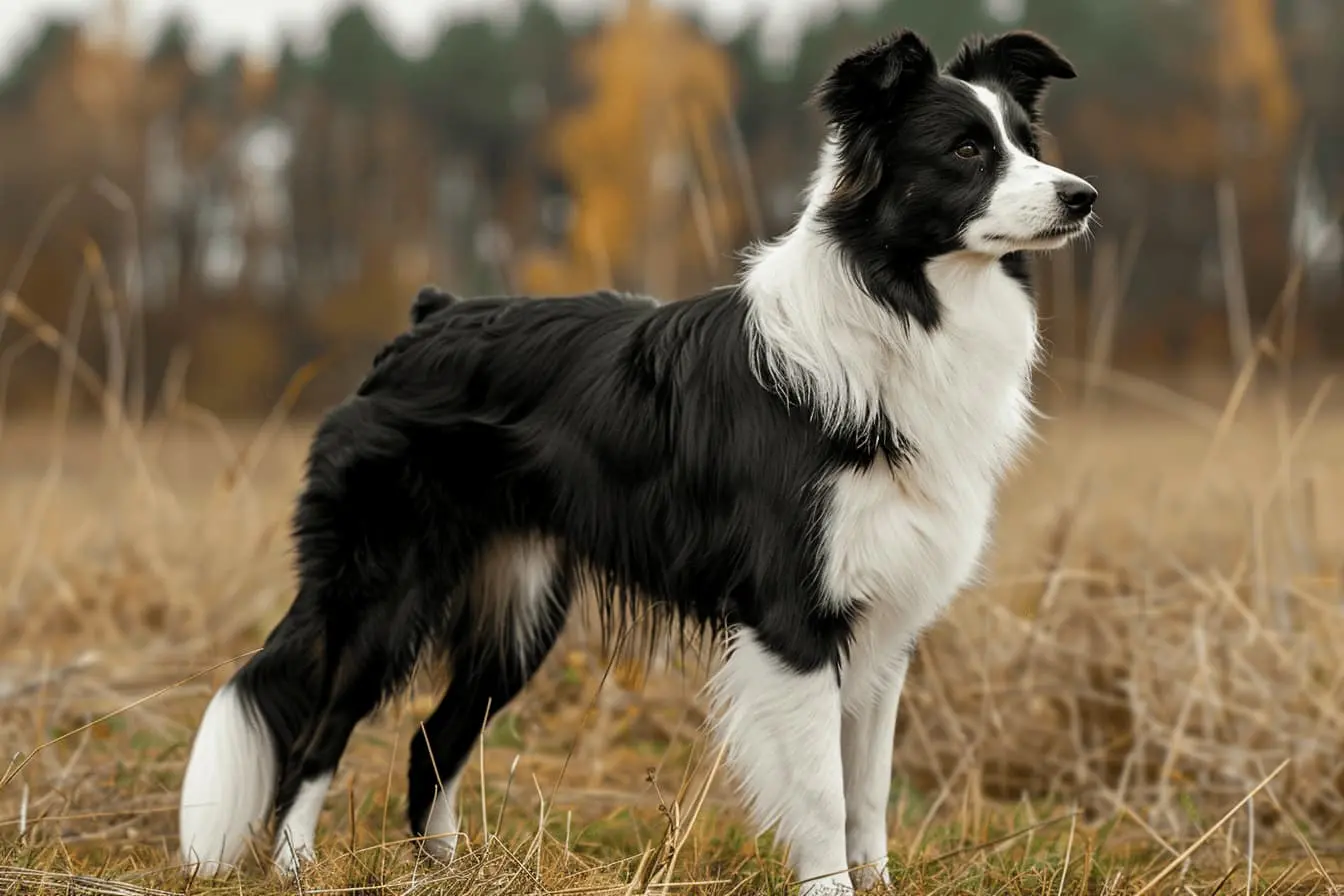
A Beginner's Guide to Crate Training: Creating a Cozy Den for Your New Dog
Crate training is an effective and humane method to teach your dog boundaries within the home and to aid in potty training, while also providing them with a safe, cosy spot of their own. If you're new to dog ownership or crate training, here's a comprehensive guide to help you get started.
What You'll Need to Purchase
- Crate: Select a crate that's large enough for your dog to stand up, turn around, and lie down comfortably. Consider a crate with an adjustable divider if you have a growing puppy.
- Comfortable Bedding: Add a soft bed or blankets to make the crate inviting.
- Chew Toys: These keep your dog entertained and help relieve teething discomfort for puppies.
- Water Dispenser: For longer durations in the crate, consider attaching a water dispenser.
- Treats: High-value treats will help make crate training a positive experience.
Things to Consider
- Location: Place the crate in a social area where your family spends a lot of time, but away from heavy foot traffic to reduce stress.
- Crate Size: Ensure the crate is not too large for a puppy, as they might use one corner as a bathroom.
- Duration: Limit time in the crate. Puppies can hold their bladder one hour for every month of age, up to a maximum of about 8 hours.
- Association: The crate should always be associated with something pleasant, and training should be conducted in small steps.
Step by Step Guide to Crate Training
Introducing the Crate
- Make It Inviting: Place soft bedding inside and toss in some treats or a favourite toy.
- Let Them Explore: Allow your dog to investigate the crate at their own pace without forcing them in.
- Feed Meals Near the Crate: Begin feeding your dog near the crate, gradually moving their dish inside to associate meal times with the crate positively.
Increasing Crate Time
- Command Training: Introduce a command like "crate" or "bed," encouraging them to enter by pointing to the inside of the crate with a treat in hand.
- Close the Door: Once they're comfortably eating inside, close the door during mealtime, opening it as soon as they're done. Gradually increase the time the door stays closed.
- Extend Crate Time: Start leaving your dog in the crate for short periods while you're at home. Use the command and give them a treat once they enter, leaving them for a few minutes to start, and gradually increase the time.
Leaving Your Dog in the Crate
- Short Absences: Begin leaving the house for short periods, gradually increasing the time as they become more comfortable.
- Overnight Training: Place the crate in your bedroom or nearby at night. This can comfort them and make it easier to take them out for bathroom breaks.
Tips for Success
- Positive Reinforcement: Always use positive reinforcement. Never use the crate as punishment.
- Patience is Key: Some dogs may take days or weeks to become comfortable with their crate. Patience and consistency are crucial.
- Accidents Happen: If your dog has an accident in the crate, it's a sign they were left in too long or the crate is too big. Don't punish; adjust your strategy.
- Health and Safety: Ensure your dog has access to water if they're to be crated for more than a few hours, and never use the crate for extended confinement.
Crate training, when done correctly, can provide your dog with a sense of security and help manage behaviour and potty training. Remember, every dog is different, so adjust your approach based on your dog's comfort level and progress. With time and patience, your dog will learn to love their crate as their own personal den.
Vets near you
Speciality vets
- Aquatics vet specialists
- Birds vet specialists
- Camelids vet specialists
- Cats vet specialists
- Cattle vet specialists
- Deer vet specialists
- Dogs vet specialists
- Equines vet specialists
- Exotic vet specialists
- Goats vet specialists
- Pigs vet specialists
- Poultry vet specialists
- Sheep vet specialists
- Small Mammals vet specialists
- Wild vet specialists



